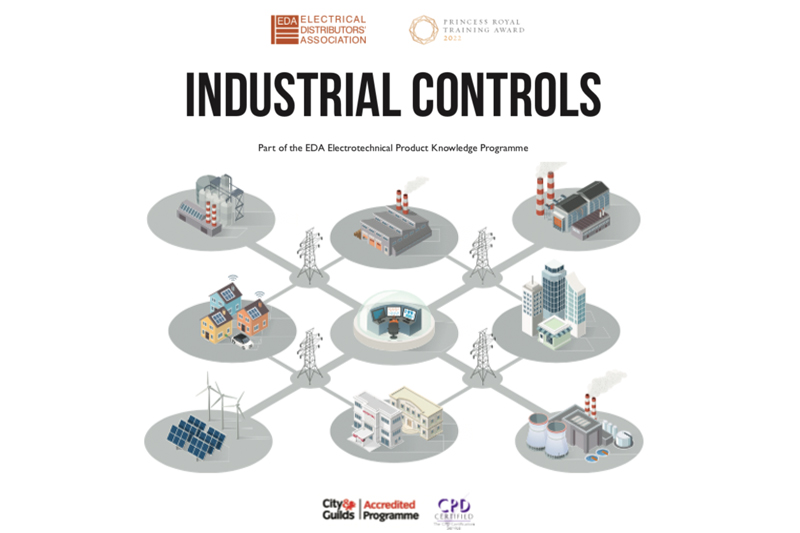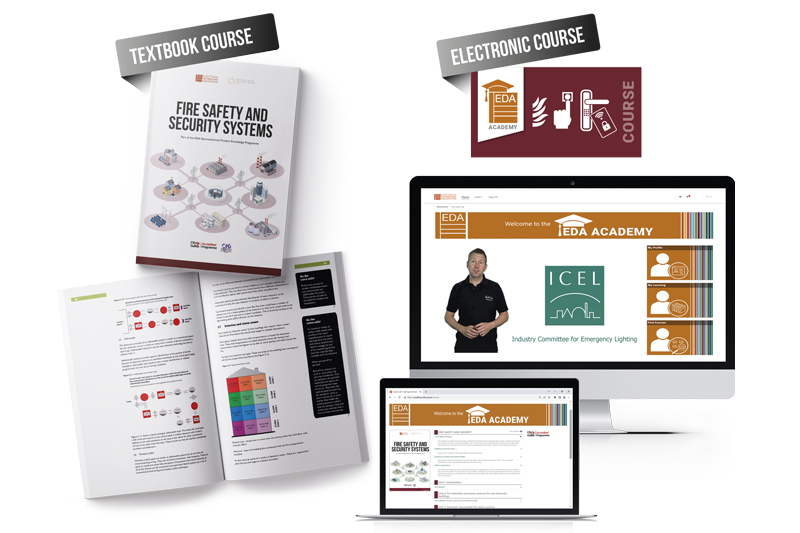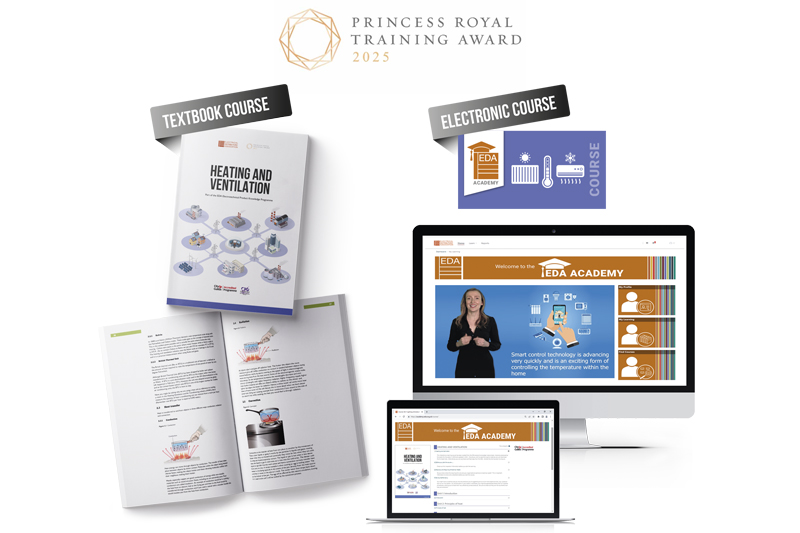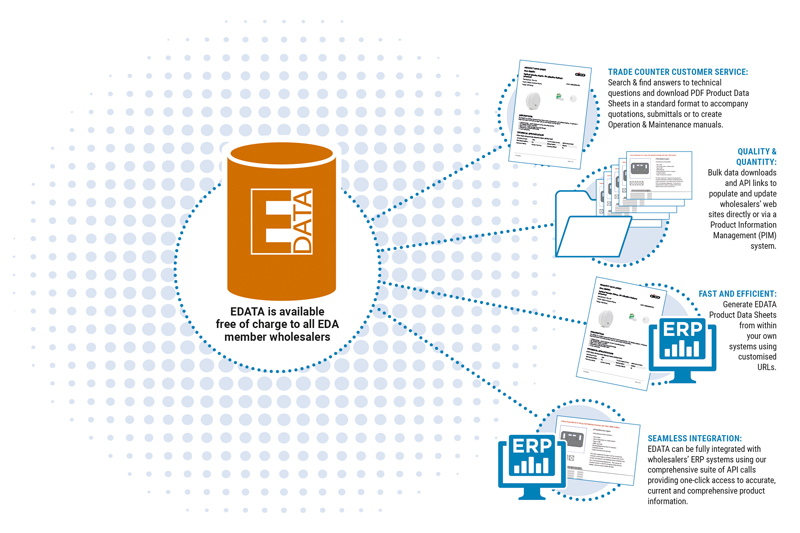The EDA’s Product Knowledge Modules help businesses like yours create cross-selling and up-selling opportunities by building knowledge and confidence. These training modules have won a Princess Royal Training Award so you can be assured of their value.
Industrial Controls is one of the 12 EDA’s Product Knowledge Modules created to develop the professional knowledge and confidence of your team.
Training in Industrial Controls includes:
- Switches and Indicators
- Relays and Contactors
- Fuses and Breakers
- Motors and Motor Control
- Power Supplies
- Enclosures and Panel Layout
- Programmable Control and Automation
- Sensing and Instrumentation
- Environmental Considerations
- Trends in Industrial Controls
Online learning
All the EDA Product Knowledge Modules are available to study electronically via The EDA Academy, the Association’s e-learning portal. Each training course is delivered through video and interactive learning, but if the original hard copy textbook is preferred these are still available.
Test your knowledge
Have a go at this quiz sampled from the Industrial Controls module. Then check your answers below. If the results show that you need to boost your team’s know-how, talk to the EDA today.
Q1: What must be specified related to the coil when selecting a contactor?
Q2: If you are only able to ask one question when replacing a fuse, what would it be?
Q3: What voltages are commonly used for control circuits such as contactor coil energizing?
Q4: Are all terminals suitable for all cables?
Q5: When would you use a volt-free (relay contact) digital output?
Q6: What protection is suitable for an enclosure in a food factory where the floors are washed with hoses?
Scroll down for answers
Answers:
Q1: The voltage, for example, 230 V AC or 24 V DC.
Q2: The first thing to know about a fuse is its current rating. If you supply the wrong physical type it probably can’t be fitted. Annoying but safe. If you fit a fuse with a higher rating than the design a dangerous overload can develop and the fuse may not break the circuit in time, or at all.
Q3: 12 V DC, 24 V DC, 48 V DC, 110 V AC, 230 V AC and 415 V AC.
Q4: No, the terminal must be suitable for the conductor size (in mm2). Also the terminal must be designed to carry the circuit’s maximum current and rated voltage.
Q5: VFC outputs are used when the device draws more current than can be supplied by a solid state module.
Q6: IP 65 is suitable as the enclosure is not directly washed down but may experience splashing.
How did you do?
Full marks: Well done.
3 – 5 out of 6: Not bad. Could the EDA training help you to fill in any gaps in your knowledge and help you progress in your career?
Less than 3: The EDA Product Knowledge Programme could be just what you need to boost sales.
Watch the video and download the course directory
There’s plenty of information online at www.eda.org.uk including video and downloadable course directory, giving you a summary of what’s covered in each of the 12 training modules.
The EDA team is ready to help. Call 020 3141 7350 or email training@eda.org.uk
For more information, click here
Find more ‘EDA Insight’ articles here





